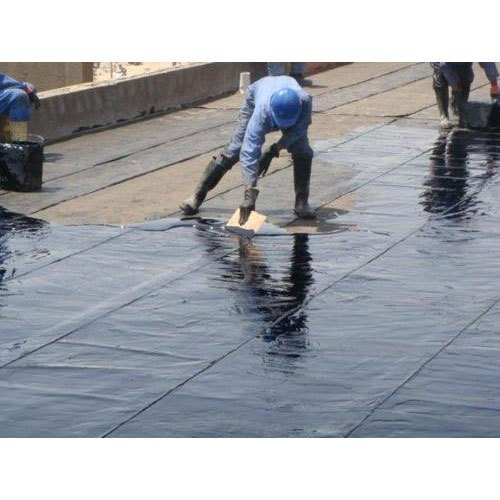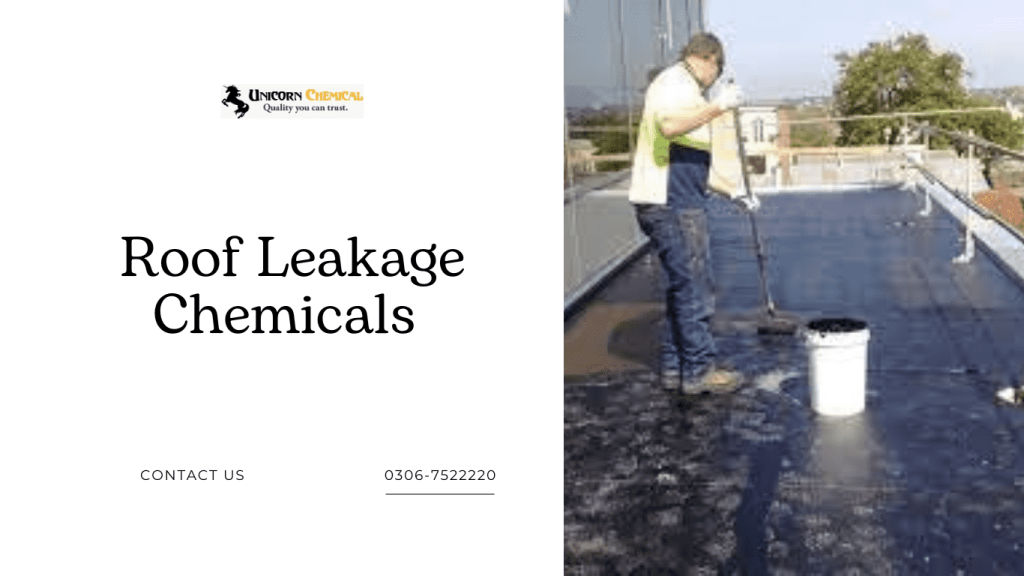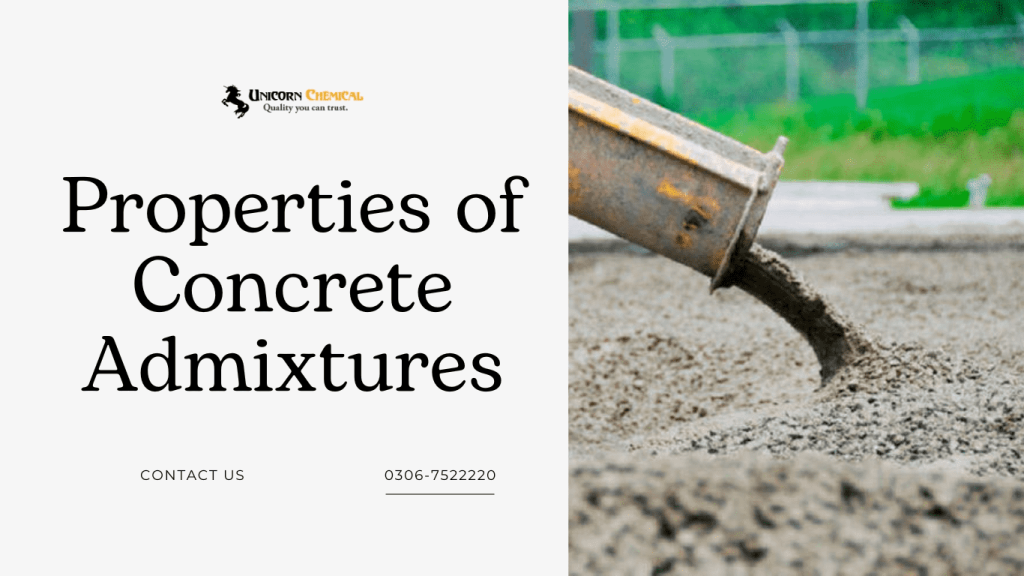construction chemical supplier in Pakistan
Construction Chemical are basically used with cement and concrete at the time of constructions to join the construction material together. They are always playing important role in all kind of construction projects like industrial building, residential building and commercial building projects etc. These chemicals are mostly use in different elements of building projects to achieve important qualities like as workability ,durability etc. There are large number of verities of construction chemicals in manufacturing industry worldwide.
Types of construction chemicals
Types of construction chemical are mentioned below
Concrete Admixture
Concrete Admixture are used as a ingredients in concrete other than the cement and water. It is an aggregate that are added to the mixture immediately before and during mixing. Most admixtures are use in ready-to-use liquid form and are added to the concrete at the plant or at the jobsite and project construction. Admixture may enhance the durability , workability or strength properties of a give concrete mixture. Admixture are used to over come difficult situation in construction, like as hot and cold weather placements, pumping requirements ,early strength requirements and very low water-cement ratio specifications. admixtures are classified according to functions. These are five distinct classes of chemical admixture:
- Air-entraining
- Retarding
- Water reducing
- Accelerating
- Plasticizers (superplasticizers)
Asphalt Modifiers
It is basically measuring and defining fatigue behavior of asphalt. some asphalt cements require modification to fulfill required specifications. asphalt cement modification has been practiced for over 50 years but has received added attention in the past decade or so. There are some common types of asphalt cement modifiers under below:
- Filler
- Extender
- Rubber
- Plastic
- Rubber-Plastic combination
- Fiber
- Oxidant
- Anti-oxidant
- Hydrocarbon
- Anti-Stripping agents
- Water material
Adhesive and Sealant
adhesive is a chemical mixture, which holds at least two surfaces together to make a single unit. Adhesives are made up of different ingredient like clay, cement, acrylic resin, polyurethane monomers, styrene-butadiene rubber, hexane and other nonpolar solvents, and many initiators, and functional additives.
sealant is a semisolid substance that is used to fill up the space between the two surfaces and providing a barrier or protective coating. sealant is a substance used to block the passage of fluids through the surface or joints and opening in materials ,a type of mechanical seal. In building construction sealant is now significance to stop up and make tight against leakage and also serve as a dust blocker, sound and heat transmission. Sealants are not adhesives but some have adhesive properties and called adhesive-sealants or structural-sealants.
Types of adhesives:
- High temperature adhesives
- Conductive adhesives
- Non composite adhesives
- Solvent activated adhesives
- Water activated adhesives
- Hybrid adhesives
types of sealants:
- Water based Latex
- Acrylic
- Butyl
- poly sulphide
- silicone
- Polyisobutylene
- Polyurethane
Protective Coating
protective coatings are simple way to reduce corrosion by limiting the exposure of the metal to a corrosive environment . paint is very common protective coatings, but tar, pitch ,bitumen and plastics are also use. One type of this coating is know as ‘galvanising’ , where zinc is plate onto iron or steel. There are four types of protective coatings for metal given below:
- barrier
- inhibitive
- sacrificial
- combination
Construction Chemicals for Waterproofing
Water proofing is the process of making an object and a structure water proof and water resistance. The water will never affect that object. It will be resisting the access of water under specified conditions . Permeation of water vapor through the material and a structure stated as a moisture vapor transmission rate (MVTR). The are various material use for water proofing include:
- polyvinyl chloride
- Tar paper with asphalt and bituminous materials
- Hypalon
- Ethylene propylene diene monomer Rubber
Concrete Curing Compound
A curing compound is a liquid substance which is first surface coating on freshly installed concrete. Curing compounds are use to decrease the loss of water or heat to create an ideal situation. which is useful for concrete formation. Curing compound cannot be use on surfaces which are going to receive more concrete, paints, or tiles which needed best bond.
There are four type of concrete curing compound:
- Synthetic resin compound
- Acrylic compound
- Wax compound
- chlorinated rubber compound
There are six types of curing given below:
- Steam curing
- Membrane curing
- Water ponding
- Chemical curing
- sealing curing compound
- Wet hessian or gunny bags curing
Polymer Bonding Agents
For interior and exterior applications polymer bonding agents are use with concrete and cement based products .Polymer bonding agent is a aqueous emulsion of Polymer and chemical admixture. There are four types of polymer bonding agents.
- Acryl Binder
- Prime 1100
- Prime 40E
- Vinyl Hesive
Mould Releasing Agents
The Mould releasing agent is made up of functional siloxane, crosslinker ,a thickening agent , a base surface and a water. A semi permanent water bas mould releasing agent is useful for composite materials . There are three types of releasing agents :
- Internal releasing agents
- Non permanent releasing agents
- Semi permanent releasing agents
Form Releasing Agents
To render the concrete surfaces smoother and to make stripping of framework we use form releasing agents in the inner surfaces of the forms. by using form releasing agents we can increase forms life-span. It can be based on oil, water, chemical , resin, and organic. There are two types of form releasing agents :
- barrier- active type agents
- chemically- active type agents




